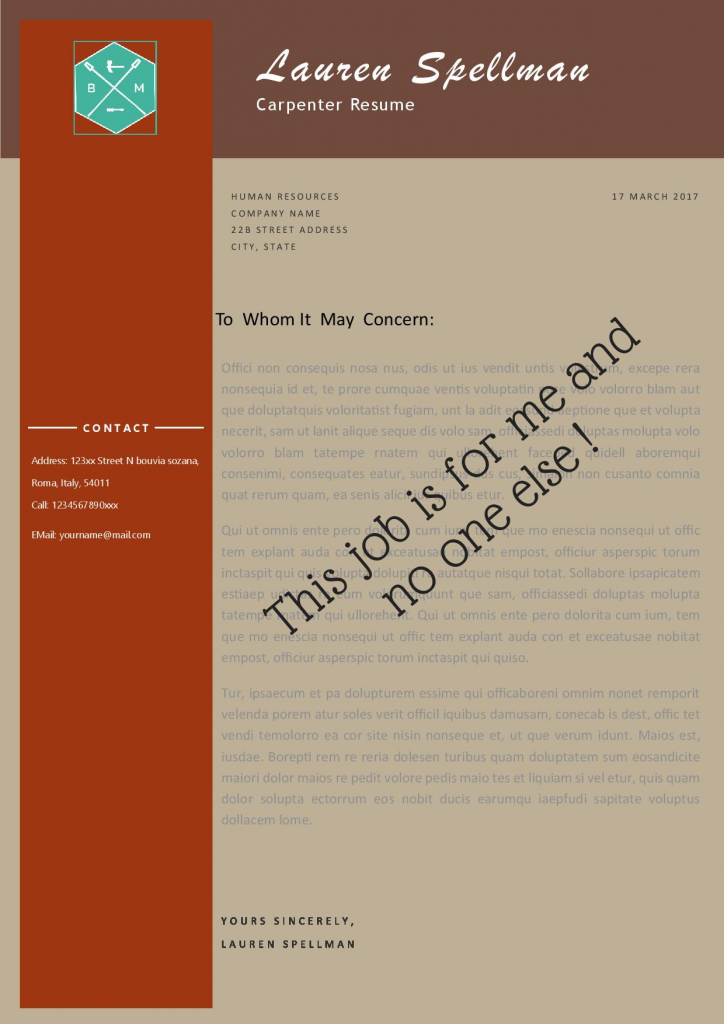Uncategorized
LEARN HOW AND WHERE TO LOOK FOR A JOB — “6 HOT TIPS ON HOW TO DO JOB SCOUT”
Prior to looking for the specific job that would the best fit for you, learn how to effectively market your talents. This will help you gauge the possibility of landing on the job you want. First, skills and interests should be evaluated personally. Jotting down a list would definitely be the best way to define your capabilities; second, to know your limitations. There are jobs that are too demanding that might not work for you, or jobs that you may be overly qualified for; and third, planning the time as soon as there is an inner instinct that tells you that you are ready and qualified. Once this has been done, go to companies and prospective employers early in the morning for this will give them a good impression and for the applicant, a time to complete the process the application if lucky. Remember, the early bird catches the worm.
1. MAKE THE BEST POSSIBLE FILE
The very first thing that needs to be done when looking for a job is to prepare an impressive resume. The resume will depend on the type of job being applied for. There are times when certain employers require curriculum vitae and even a cover letter or letter of intent. Every professional job you apply for expects to receive a well written resume.
2.START RESEARCH
After preparing the documents needed for application, the next thing that should follow is finding vacancies for new hires. Searching using the Internet will be very helpful for this activity. There are sites that provide this assistance like HotJobs, America’s Job Bank, and Monster that utilizes resources and convenience for people to look for jobs.

Where else to look for job openings?
The initial step is to look at local newspapers for this provides information just by looking at the Classified Ads section and the lists of wanted personnel and employment opportunities will be read. Applying at several companies initially in a local area can save an applicant more time and money. If it so happens a job was found late in the day, call immediately for inquiries. Never let a day pass when opportunities come.
3- How to look for jobs that are not announced?
Sometimes companies and other employers do not really advertise any job openings in their organization. The best thing for an applicant is to weigh things if it will be possible to be hired by a certain company by just submitting an application form or resume. Start looking for the job personally. Tell everyone about your job hunting. Relatives and previous offices or company co-workers will be able to give hints on job vacancies in their current companies. Professors or teachers will also be helpful in recommending schools and institutions that are now looking for new instructors. These people might not have any vacant position in their company in mind but they certainly know someone who knows or needs a new employee. That is what others call networking.
4- LOOK AT THE YELLOW PAGES AND WALK IN THE LIBRARIES!
Often times, the Yellow Pages does the important job of providing information on how and where to call to look for a job. This gives an accurate list of companies and prospective employers in a chosen area. Visiting the library is also a tool than can be useful when looking for a job. There are libraries that have a list of local employers, just asks the librarian for more information.
5- ASK EVEN IF THERE IS NO JOB ANNOUNCEMENT
Contact these employers personally, even if they did not advertise any vacant positions that needed to be filled. Lastly, be observant of signs posted on doors and windows of shops and stalls being passed by. If lucky, just walk in and ask for information about the job and how to apply.
6- KEEP ON TRACKING
After submitting application forms and resumes to the respective companies, keep track of the progress by creating a chart where you can jot down the name of the company and when the application was submitted.
TO NOT FEEL EXCEEDED IN YOUR JOB SEARCH:

Here’s a job-scout checklist to help you along your way:
1. Identify experience list
2. Identify prospective employers
3. Prepare documents
4. Plan schedules
5. Contact companies and/or employers
6. Get ready for an interview
7. Evaluate how interview went along
8. Take the exams
9. Start with the new job!

